Ali Deniz Özdemir
- Group: Prof. Wolfgang Wenzel, KIT INT
04/2021-03/2022: Member of the PhD committee and student's representative
Modelling of Degradaton Mechanisms in Organic Semiconductors
Organic electronic devices consist of amorphous or crystalline organic semiconducting materials. These materials are used in light-emitting devices (OLEDs) for display and lighting technology as well as in organic photovoltaics (OPV). A limiting factor in OLED devices in general is the relatively short lifetime, which is reflected in an overall decrease of the electroluminescence and lacking color stability. To develop a comprehensive model of OLED degradation, it is necessary to study the charge and exciton transport in multi-stack device architecture. In amorphous organic semiconductors, charge transport is modeled as a sequence of hopping processes where hopping rates are obtained from quantum mechanical calculations (see project 2 website) and the propagation of individual electrons/holes or excitons through the device is simulated using a kinetic Monte-Carlo method. We represent the amorphous solid as a hopping matrix where each individual site represents a host or guest molecule and all possible hopping processes are associated with a certain rate (see figure). Based on kMC simulations, device properties such as internal quantum efficiencies, current-voltage characteristics and other material and device-specific properties can be obtained.
Publications


